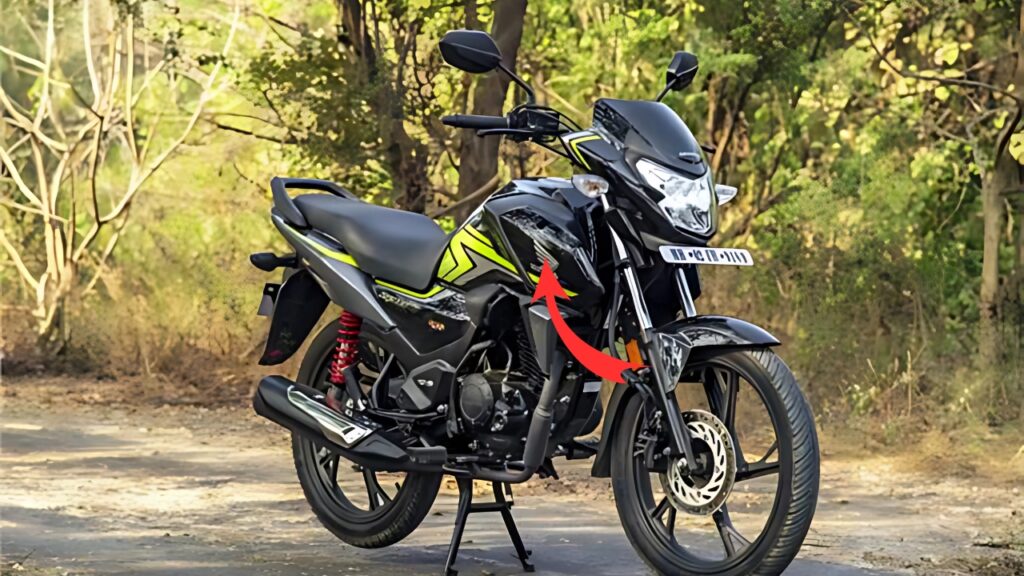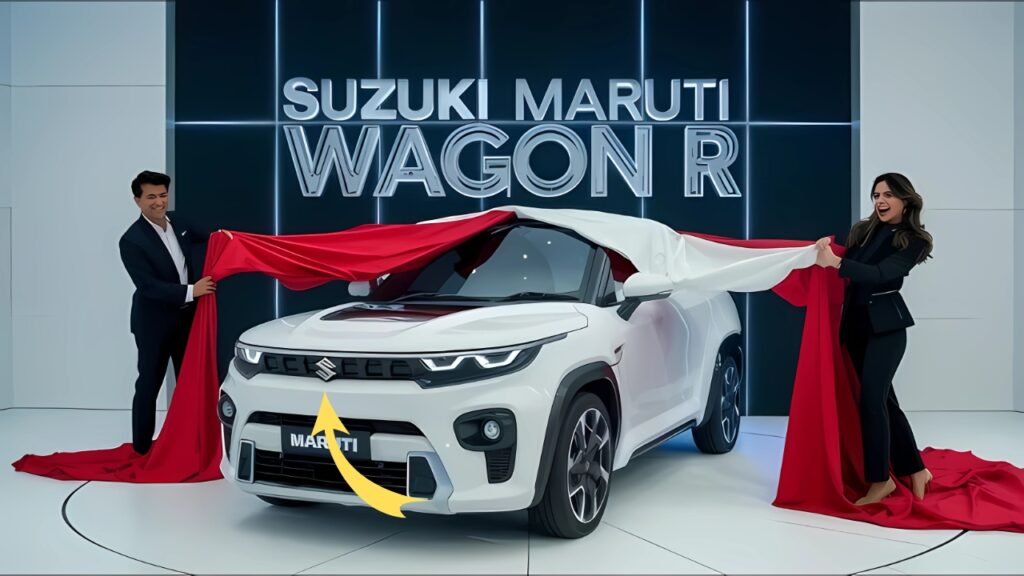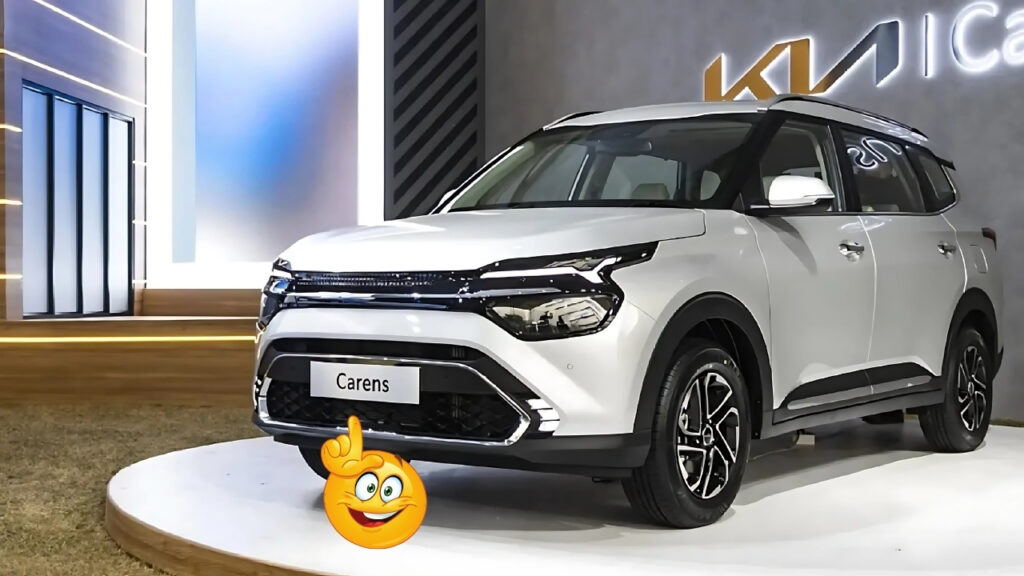Mahindra XUV500: The formation of the XUV500 was a defining moment for Mahindra. Instead of teaming up with a foreign automaker or modifying an existing platform, the company took the more difficult route of developing the vehicle entirely in-house.
Mahindra used the platform in a way that suited the Indian scenario while ensuring the SUV met global standards in terms of design property, quality and engineering.
“But we wanted to do something world-class that would stand shoulder-to-shoulder with the best in the world, but which understood the Indian customer in a way that spoke to what they really want. “That required rethinking everything from ground clearance to feature packaging.”
This clean-sheet approach gave rise to a vehicle that diverged from Mahindra’s usual design language.
The cheetah-inspired styling — seen in the muscular haunches, unique headlamps and aggressive stance — gushed its desire to become a serious player in the realm of modern, design-oriented vehicles, and not just functional-based ones.
Table of Contents
Mahindra XUV500 The Ultimate Game Changing Value Proposition

Arguably, the XUV500’s biggest game changer was its price proposition. For only slightly more money than the base W4 variant would cost, the W8 brought features that were still the realm of far more expensive vehicles: a touchscreen infotainment system, GPS navigation, automatic climate control, leather trim, six airbags and electronic stability control.
This complete package cost customers 15-25% less than similarly equipped competitors.
The timing couldn’t have also been better as the aspirations of the country’s new and burgeoning middle-class began to emerge but so did their acumen in spotting value for money features. The XUV500 threads this needle perfectly, providing the status and features of a premium vehicle without the prohibitive price tag associated with established international brands.
This strategy made rivals revise their feature-to-cost equations, resetting what the market would bear.
And global manufacturers too had to react, either by improving their products or reducing prices to compete — this was a rare case of an Indian product defining the competition, rather than one consuming similar products having to react.
Engineering of Indian Realities
Beneath the shiny XUV500 were thoughtful engineering adaptations to tailor it to Indian conditions.
The monocoque construction was set up between rigidity and weight management, and the 2700mm wheelbase allowed interior space that would comfortably seat even extended Indian families.
The 200mm ground clearance had the necessary confidence to wade through urban hurdles as well as rural roads.
The front-wheel-drive architecture (with optional all-wheel-drive) had the on-road dynamics and efficiency as priorities, rather than hardcore off-road capability—and the decision was a pragmatic one considering the way most owners would actually use their vehicles.
The suspension tuning was similarly attuned to Indian realities, prioritizing impact absorption over sporty handling to cope with the often unpredictable road conditions.
Performance was satisfactory but economical despite the 2.2-liter mHawk diesel of 140 bhp and 330 Nm torque. This powerplant turned out to be very adaptable over the years, eventually conforming to tougher and tougher emissions regulations with a handful of updates.
Evolution Through Listening
During its lifetime, the XUV500 showed Mahindra’s willingness to listen to customers—a rarity in a market where manufacturers remained far removed from user experiences.
The variants known as W3, W5, W7, W9, and W11 would refine themselves through the years, with each generation responding to the complaints of those who owned them, while introducing features owners came to love.
When customers complained of heavy steering early on, it was updated with a revised steering system. Interior material quality became a concern, and successive model years brought upgrades.
The Toyota’s infotainment system got more and more sophisticated; from a simple unit, it graduated to smartphone integration and hoping to connect the world of cars to the Internet.
This responsive product development engendered unusual customer loyalty. Businessman Prakash Menon from Kochi, shares, “I have owned three versions of the XUV500 in the past.
“You could tell they were listening to what owners were saying and each one was better than the last.”
The Cultural Significance of Sales Figures
The XUV500 did more than just pave the way towards a successful XUV line of products, it somewhat redefined what was possible for an Indian automotive company.
With its signature “cheetah claw” door handles and aggressive front end design on its body, it soon became a head-turner on the Indian streets.
The vehicle made its way into the popular culture, appearing in Bollywood films and television shows as a symbol of achievement and aspiration, not just transportation.
For very many first buyers of premium vehicles, the XUV500 was a realisation of their own professional success and upward mobility.
That cultural resonance also translated into international markets as the XUV500 was successfully sold in South Africa, Australia and select European markets which laid the groundwork for Mahindra’s eventual global presence rather than just a regional one.
Mahindra XUV500 Legacy and Influence
As the first-generation XUV500 makes way for its spiritual successor, the XUV700, its legacy lives on in more ways than one.
This vehicle laid the foundation of Mahindra’s credence in the premium passenger vehicle space, proving that local design and engineering could create solutions that appeal to discerning buyers.
If so, it is the second second which…. redefined value for its class, so much so that even established global firms had to up their game if they wanted to compete.
This disruption, so favorable to consumers, put pressure on the industry to step up its game on features as well as safety apparatus and overall value.
The success of the XUV500 was a confidence-booster for Mahindra itself and gave it the financial clout to chase ever-more ambitious projects, from the compact XUV300, to the sophisticated XUV700, to the latest, Born Electric range of EVs.
In a world of largely global platforms, in the modern era of international collaboration, the XUV500 is proof that products local to the Indian market can succeed, and, moreover, influence changes to the very market factors that affect their success, when those products are in touch with and in line with local considerations even as they meet international benchmarks of design and engineering.





